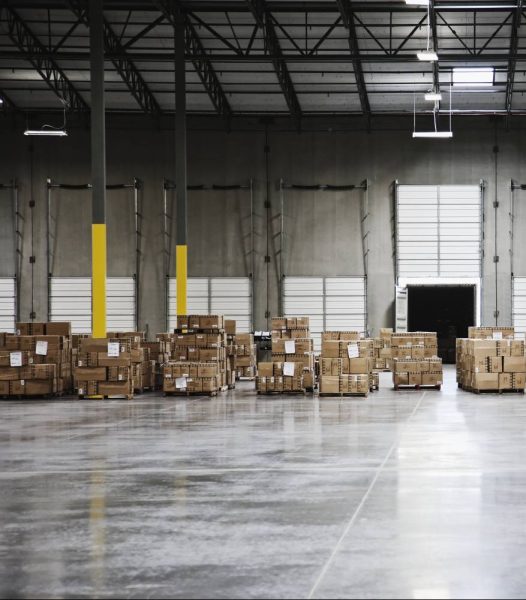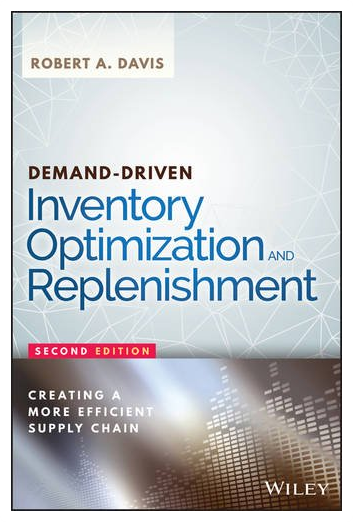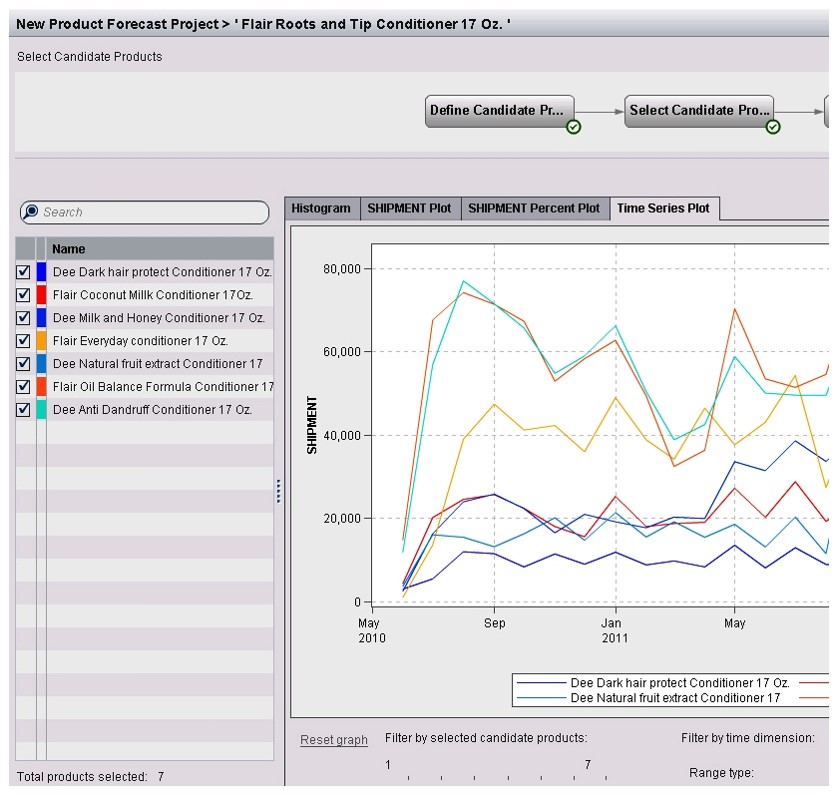
Consumers are pulling back and shifting their purchases in the wake of inflationary pressures caused by high prices for fuel, freight costs, consumer goods and nonessential products. Demand is shifting faster than many retailers and consumer goods companies anticipated. Inflation continues to rise forcing consumer spending to shift once again










